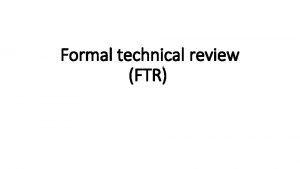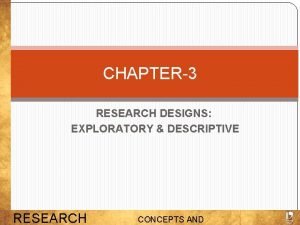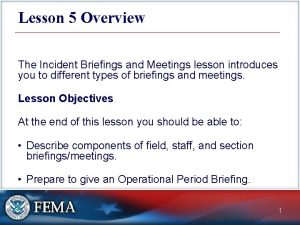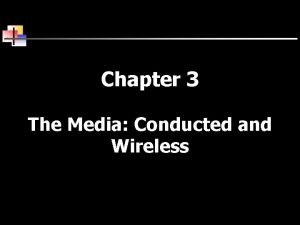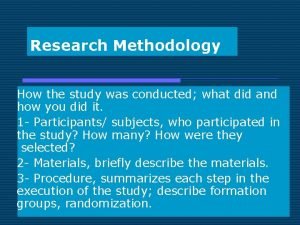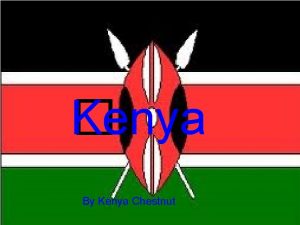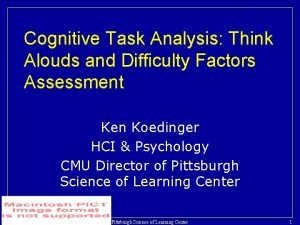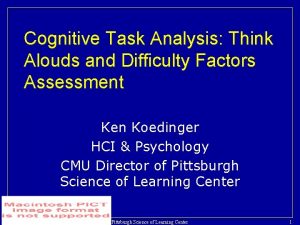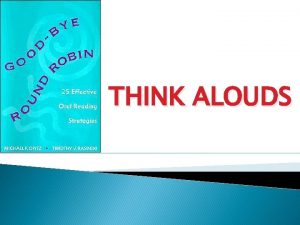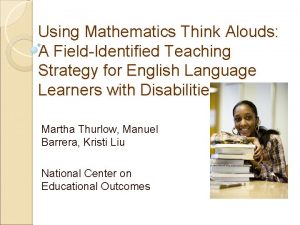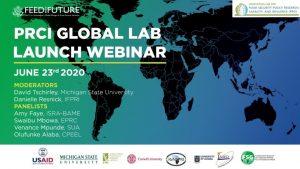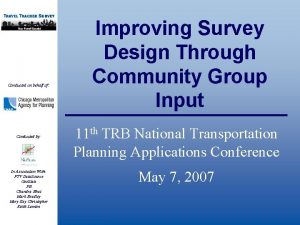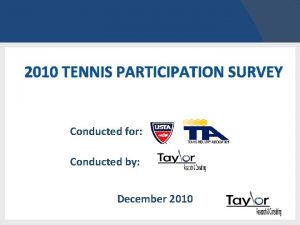EXPERIENCES ON THINK ALOUDS CONDUCTED IN KENYA q












- Slides: 12

EXPERIENCES ON THINK ALOUDS CONDUCTED IN KENYA

q 3 schools üNairobi Primary School PARTICIPATING SCHOOLS üSt Georges Primary school üOlympic Primary school -Standard 8 Pupils

§ Entry point was through head teachers of respective schools § One teacher was appointed as the focal person in respective schools § Teacher was briefed on the expectations Administratio n of Items § Learners were selected from low, middle & high achievement levels § Think aloud activities were administered on individual and group basis § Groups constituted learners of mixed abilities § Items 1 -6 were responded to by indivual learners § Items 7 -10 were responded to by learners as a group

A group of Learners taking Think Alouds

Individual learners taking Think Alouds

A teacher administering Think alouds

§ Most of the targeted skills were observed i. e problem solving and collaboration as learners undertook the Think Alouds § The sub skills were also observed especially in collaboration as learners worked together § For instance, it was observed that learners Observations shared responsibilities, though the bright ones tended to dominate. § During discussions, learners respected each others views and the average learners were encouraged and given opportunities to give their views

§ On problem solving skill, in some instances the subskills were not explicit § Some terms used in the items were a bit challenging/confusing to learners § Some items were derived from content that Observations cont’d was beyond the level of learners § Item 7 was challenging and some learners never attempted § Majority of the learners were quick to note the item which was not accurately framed (Ques) on pie chart

§ Critical Thinking and Creativity Observations cont’d were explicit as learners responded to the items § Items on collaboration seem to work better.

§ Item 1 § Some learners could not even attempt to draw but were able to identify the issue, possible solutions and described what they would do to solve the problem. Is it possible to have alternatives? Drawings and descriptions. § ITEM 2 § The error in the item could end up frustrating learners. A learner started working Recommend ations correctly with 100 children but on realizing that the children were 115, he gave up and just estimated the angles for each of the sports. Is the discrepancy intentional or it is an error? § Item 3 § Labels on the pie chart were too tiny. Consider increasing the fond. § Item 6 § Question set 2 (d) § Most of the learners left the item unanswered. They wondered whether it was linked to question set 1 or it was independent. § Item 7 The item was difficult for most of the learners. The content is not taught at this level in Kenya.

§ Language used to construct items Recommendations cont’d should be simple, clear and to the level of the learner

THE END! §THANK YOU
 Ramaniklal ambani
Ramaniklal ambani Think said the robin
Think said the robin Think fam think
Think fam think What is a formal technical review and why is one conducted?
What is a formal technical review and why is one conducted? He conducted a study on the language
He conducted a study on the language Red scare
Red scare Conducted immunity test
Conducted immunity test How is descriptive research conducted
How is descriptive research conducted Ventricular escape rhythm
Ventricular escape rhythm Staff level briefings are conducted
Staff level briefings are conducted What is conducted media
What is conducted media Relay assembly test
Relay assembly test The study was conducted at
The study was conducted at



